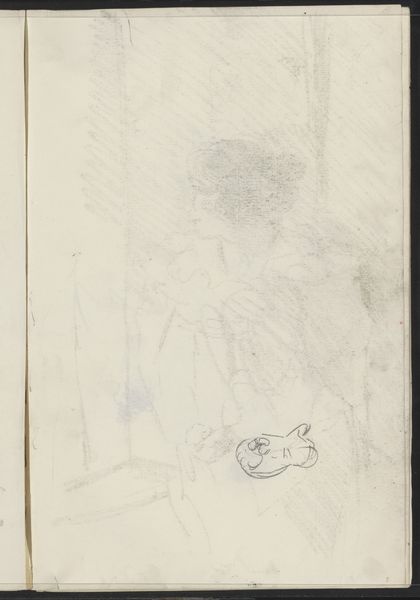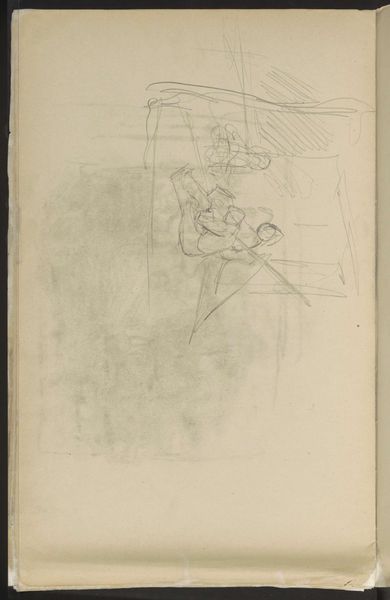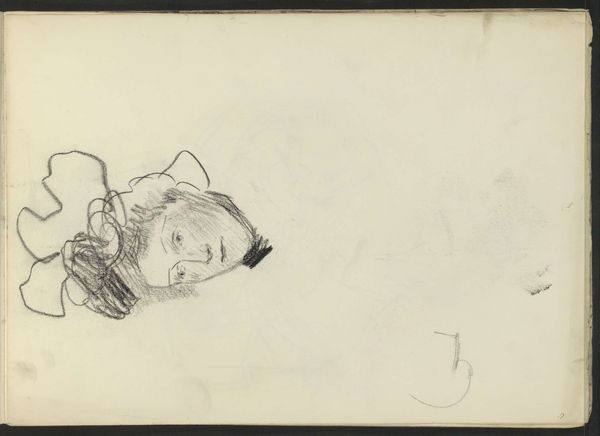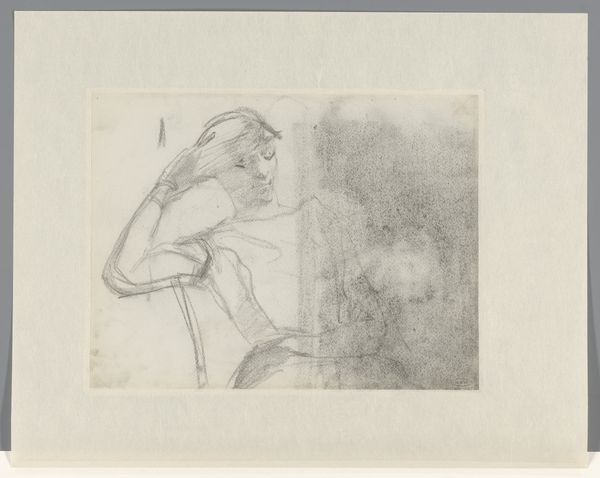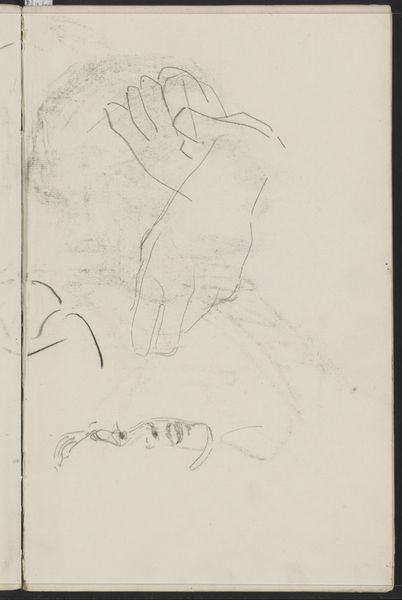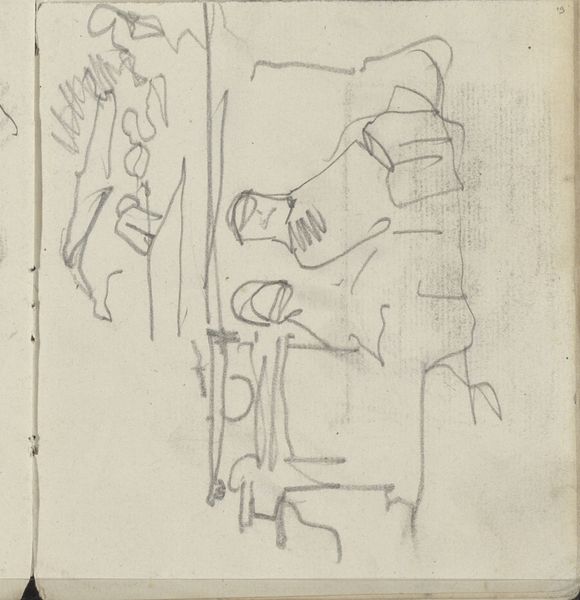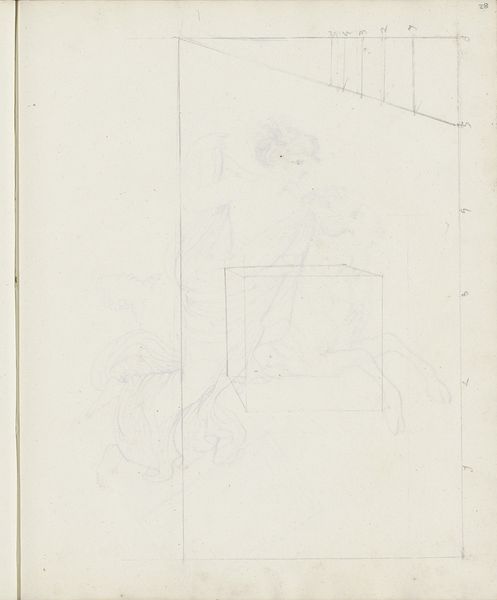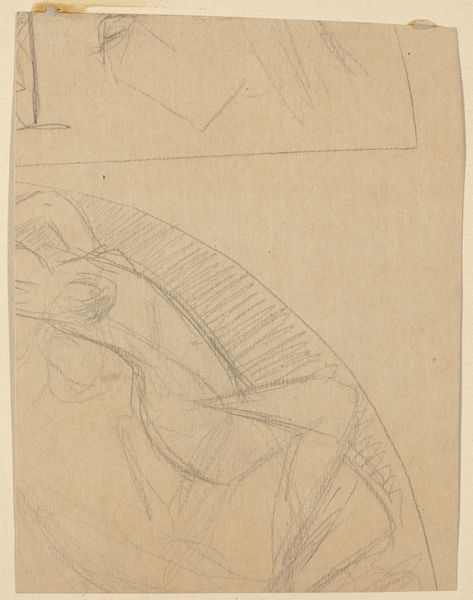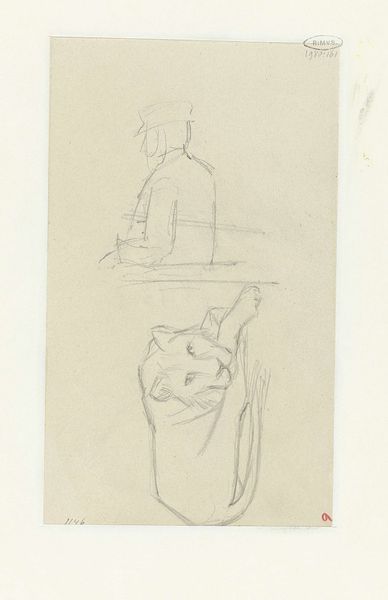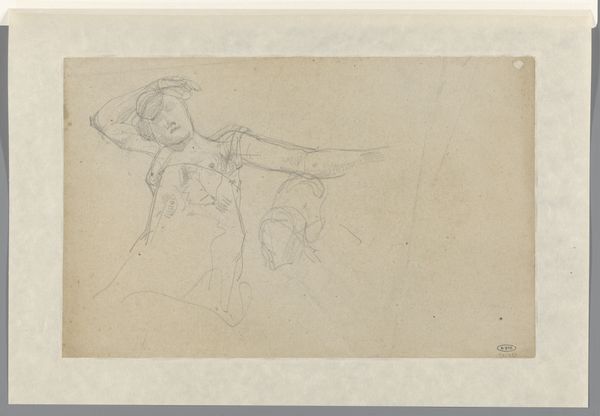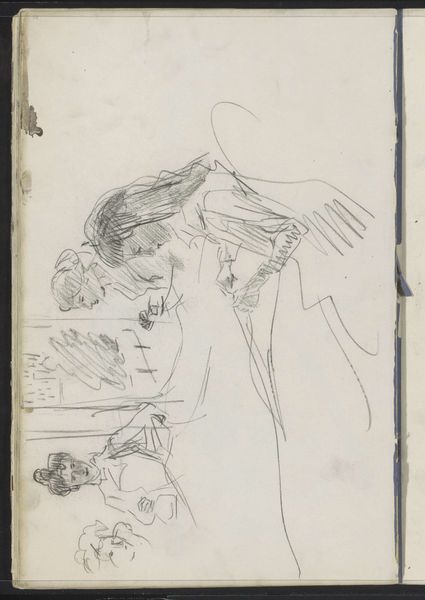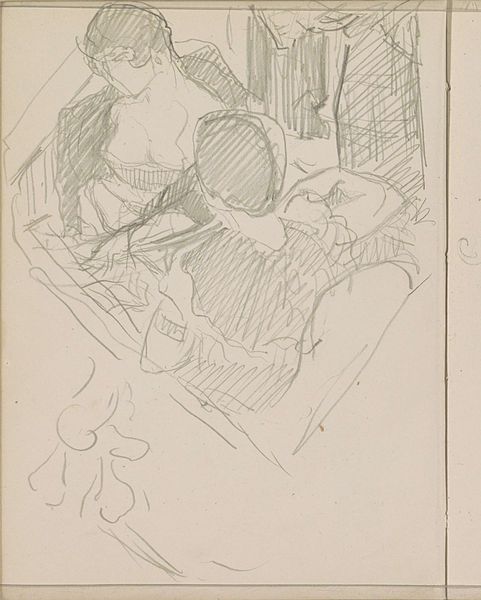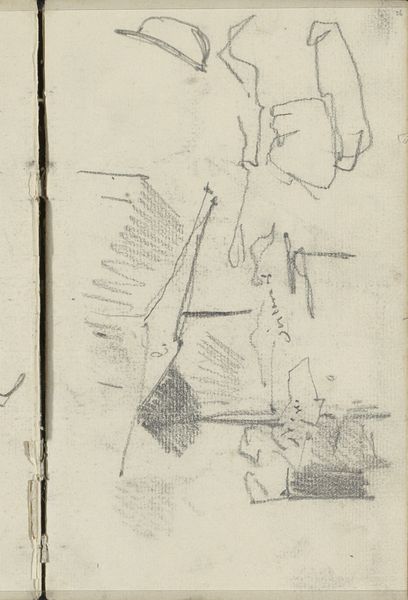
drawing, paper, dry-media, pencil
#
portrait
#
drawing
#
paper
#
dry-media
#
pencil
Copyright: Rijks Museum: Open Domain
Editor: Here we have “Vrouw die tekent aan een tafel,” or “Woman Drawing at a Table,” a pencil drawing on paper dating from 1816 to 1852. It's attributed to jonkvrouw Elisabeth Kemper. The sketch-like quality has a sort of intimate feel; it’s like we’re peering into a private moment. What stands out to you in terms of historical context? Curator: It's fascinating how this seemingly simple drawing speaks volumes about the socio-cultural role of women during that period. While often confined to domestic life, drawing and other artistic pursuits were deemed acceptable, even encouraged, as genteel accomplishments for women of a certain social standing. This was often for self-expression or to record the world around them, rather than for professional gain. Does that resonate with you when considering the artist? Editor: Yes, absolutely. I was also thinking, given the delicate lines and focus on domestic activity, that this image avoids any suggestion of women participating in the broader public or political sphere. Curator: Precisely. The lack of overt political or social commentary, in itself, tells a story. Elite women artists were caught in a peculiar bind; creating work but rarely for public display or societal impact beyond their immediate circles. Have you considered how art institutions today impact the understanding of women’s artistic roles at the time? Editor: That’s something to think about. It sounds like access to artworks and the current museum displays could create or reinforce particular narratives of gender and class at the time. Curator: Exactly. Museums hold immense power in shaping historical narratives, which must be addressed openly. Considering art as cultural heritage can help. The very act of preserving and displaying Kemper’s work elevates the artist. Editor: This drawing is unassuming but makes me consider a broader history. Thank you for making me think. Curator: My pleasure. This discussion highlights how a seemingly simple artwork opens dialogues about gender roles and artistic freedom in the 19th century.
Comments
No comments
Be the first to comment and join the conversation on the ultimate creative platform.
